An important success story has been quietly taking place at the National Institutes of Health over the last decade, which bodes well for patient care, for science, and for the specialty.
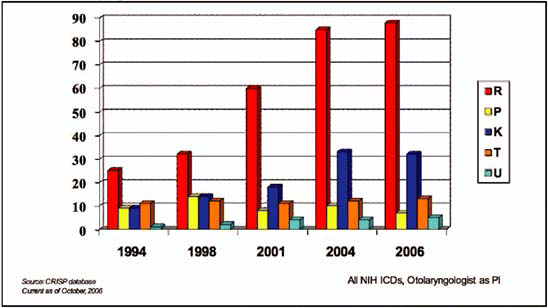

An important success story has been quietly taking place at the National Institutes of Health over the last decade, which bodes well for patient care, for science, and for the specialty.
Although the most commonly seen cases of laryngomalacia (LM) are in very young children, clinicians should consider late-onset LM as a potential cause of feeding difficulties in toddlers, sleep apnea in children, and teenage exercise intolerance, according to researchers at Cincinnati Children’s Hospital Medical Center and the Mayo Clinic.
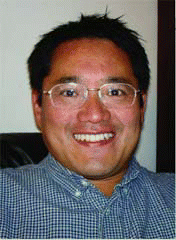
Noise-induced hearing loss is a key challenge in otolaryngology today. Interestingly, an older class of antiepileptic drugs, T-type calcium blockers, may hold promise as preventive agents.
In order to remain compliant, as well as to receive fair and appropriate reimbursement, you must code and document correctly, said Michael Setzen, MD, Clinical Associate Professor of Otolaryngology at NYU School of Medicine and Senior Clinical Attending in Otolaryngology at North Shore University Hospital in New York, when he moderated the panel discussion, How the Experts Code and Document Laryngology and Esophagology in the Office and the OR, at the April 2007 Combined Otolaryngology Spring Meeting.

“Accentuate the positive” was one of the pointers heard by the almost 200 otolaryngologists and surgeons who attended the Triological Society’s April 28 panel discussion on “Nuances in Rhinoplasty” at the Combined Otolaryngology Spring Meeting.
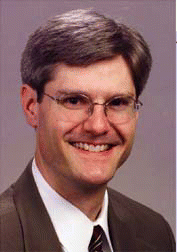
Obstructive sleep apnea (OSA) is now a suspected risk factor for glaucoma and other optic nerve diseases, according to a recent review of the topic in the Canadian Journal of Ophthalmology.

Since President Richard M. Nixon declared a war on cancer more than 30 years ago, the battle still rages on several fronts.
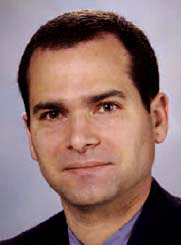
According to the American Cancer Society, smokers are six times more likely than nonsmokers to develop oral cavity and oropharyngeal cancers.
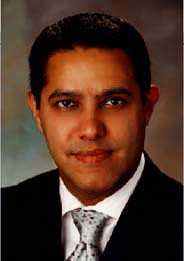
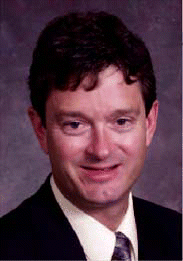
When it comes to performing surgery for obstructive sleep apnea (OSA), there are a variety of procedures that can be done, but otolaryngologists sometimes have personal preferences, and preferences can affect everything from how diagnoses are made to the type of surgery performed, often with similar end results.